Computational Intelligence
Topics
Overview
We are primarily interested in Operational Research and Machine Learning aspects of experimental domains, that is, algorithmic design for practical physical- and life-sciences problems whose computerized models are unavailable or too expensive to be executed, and thus require real-world measurements when applying search/learning.
We foresee Computational Intelligence algorithms as facilitators that will assist experimental scientists in achieving optimal behavior of their systems and in identifying targeted phenomena. Our long-term research plan is to establish algorithmically-guided discovery tools for bio-systems. A primary pathway, adhering to this plan, is actively to devise specific algorithms for experimental optimization and learning of specific bio-systems.
Learning of Search-Landscapes
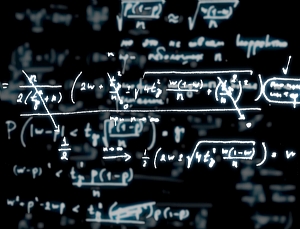
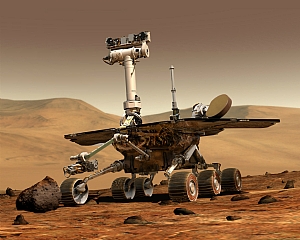
We are interested in the relations between underlying features of a search landscape to the statistically-learned elements in practice.
Quantum Control Landscapes
We have been interested for some years in mathematical properties of Quantum Control (QC) search landscapes, and particularly when such landscapes undergo global optimization by randomized search heuristics. Such QC landscapes appear in theoretical (QCT) as well as in experimental (QCE) models. We have been studying the capacity to estimate the Hessian matrix over such landscapes, both theoretically in practically (see selected publications in collaboration with Prof. Herschel Rabitz).
Nanduri, A., Shir, O.M., Donovan, A., Ho, T.-S., Rabitz, H.: Exploring the complexity of quantum control optimization trajectories. Physical Chemistry Chemical Physics 17(1) (2015) 334—347
Shir, O.M., Roslund, J., Whitley, D., Rabitz, H.: Efficient retrieval of landscape Hessian: Forced optimal covariance adaptive learning. Physical Review E 89(6) (2014) 063306
Theoretical Statistical Learning of Evolution Strategies
We have been studying in recent years the classical hypothesis of the inverse relation between the statistically-constructed covariance matrix to the landscape Hessian in a randomized search operated by standard Evolution Strategies. Some theoretical results under the quadratic approximation were obtained and published in collaboration with Prof. Amir Yehudayoff, confirming this hypothesis when the population-size tends to infinity.
Shir, O.M., Yehudayoff, A.: On the Statistical Learning Ability of Evolution Strategies. In: Proceedings of the 14th ACM/SIGEVO Conference on Foundations of Genetic Algorithms, FOGA-2017, New York, NY, USA, ACM Press (2017) 127–138
Shir, O.M., Yehudayoff, A.: On the Covariance-Hessian Relation in Evolution Strategies. Theoretical Computer Science 801 (2020) 157—174 DOI: 10.1016/j.tcs.2019.09.002
Algorithmically-Guided Experimental Combinatorial Optimization
A scheme of a typical single iteration (step) in a proposed optimization run of a screening procedure targeting production yield. The input variables for each well are prescribed by the algorithm, whereas the output (feedback) of each produced protein is provided by the assay - altogether closing a feedback loop.
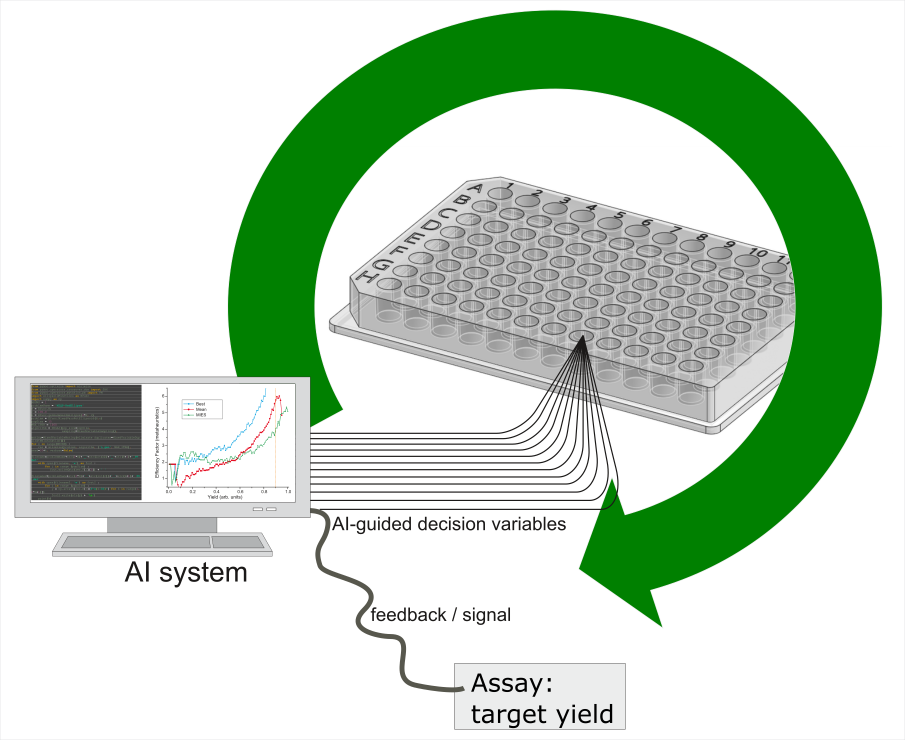
Our long-range goal is to establish algorithmically-guided discovery tools for bio-systems. We foresee Computational Intelligence algorithms as facilitators that will assist experimental scientists in achieving optimal behavior of their systems and in identifying targeted phenomena. A mid-term goal is to devise specific algorithms for experimental combinatorial optimization of bio-systems, and diagnose their capabilities with respect to specific bio-systems' problem-classes.
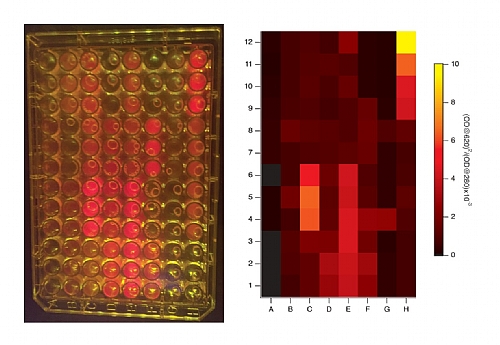
Preliminary experiment of ApcA expression in E. coli with varying parameters.
LEFT: fluorescence from a 96-well plate containing lysates of E. coli cells expressing ApcA.
RIGHT: evaluation of expression quality based on the ratio of absorption at 620 nm vs 280 nm, represented as a heat map corresponding to the 96-well plate.
Algorithmically-guided global optimization of ApcA expression in E. coli at the Noy lab is currently taking place: Chen Erlich, Experimental Combinatorial Optimization of Phycobiliproteins' Expression in E.coli. MSc Thesis Tel-Hai College (joint supervision with Dror Noy, 2019): dissertation for download
Deep Learning in Agro-Detection
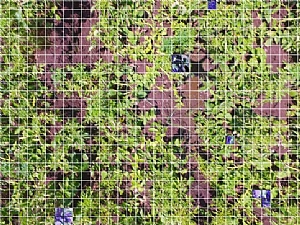
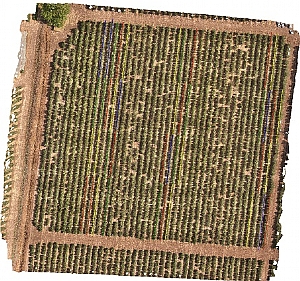
The agriculture industry relies on continuous monitoring and effective real-time detection of various deficiencies in the field, ranging from crop diseases, to fertilization shortages and irrigation malfunctions. Such targets can be visually identified by human experts but their systematic diagnosis over large-scale areas is impractical. Alternatively, an automated, algorithmically-guided detection tool may prove invaluable, assuming the computational challenge is met.
We have developed a complete protocol for constructing a system capable of automated identification of agro-detectable features in the field using aerial imagery. The protocol combines drone technology with Machine Learning, specifically artificial (convolutional) neural network, and has been tested on real-world data in practical field conditions. (Technical lead: Martin Feder)
Geo-Statistical Learning
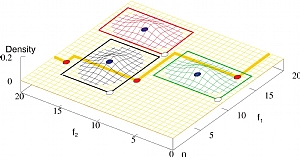
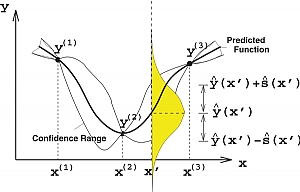
Uniformly-distributed soil fertilization is a common practice of intensive farming in the agriculture industry of modern times. However, soil attributes possess non-uniform spatial distributions, and thus over/under-application is likely to occur. Several negative consequences are encountered, e.g., increased operational/production costs, accelerated water reservoirs eutrophication due to excess fertilizers (N, P, K), while importantly, yield is not at its potential peak.
We target global optimization of fertilization rates by devising a differential spatio-temporal application plans, as manifested by the concept of Site Specific Management Units (SSMU) to be realized by new technologies for variable rate (VR) nutrients application.
To this end, we are interested in practical answers to information-theoretical questions concerning effective soil-sampling using a minimal set of points while aiming for maximal information. Following field sampling, laboratory soil elemental analyses are interpolated into predictive soil maps, primarily relying on the renowned geo-statistical Kriging methodologies. Such maps are validated, and the iterative feedback is utilized to enhance the algorithmic approach.
(Technical lead: Assaf Israeli)
